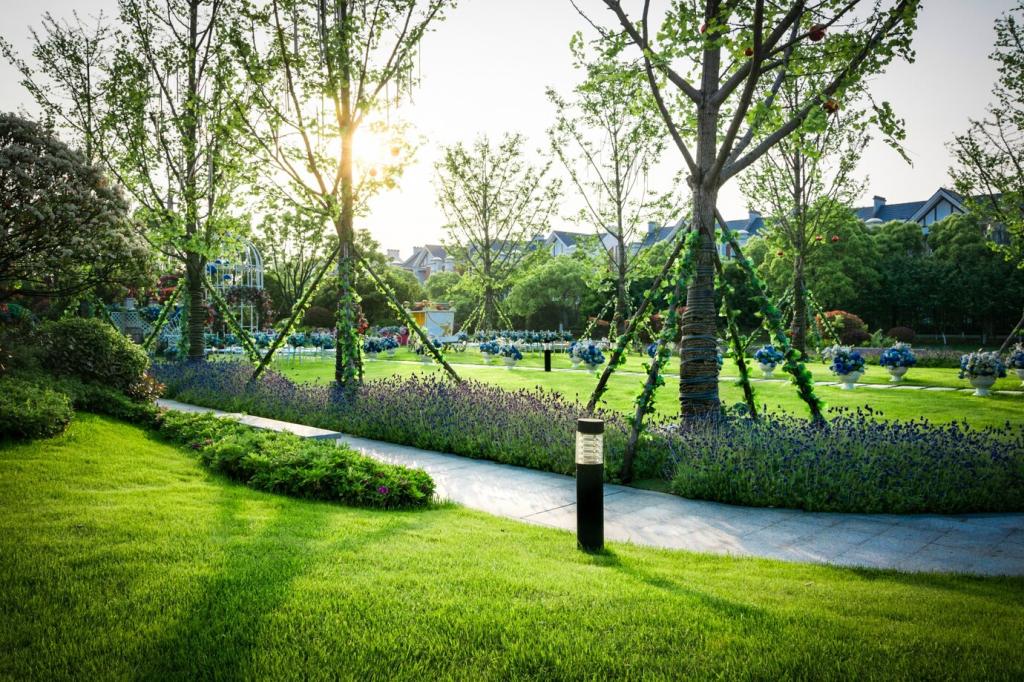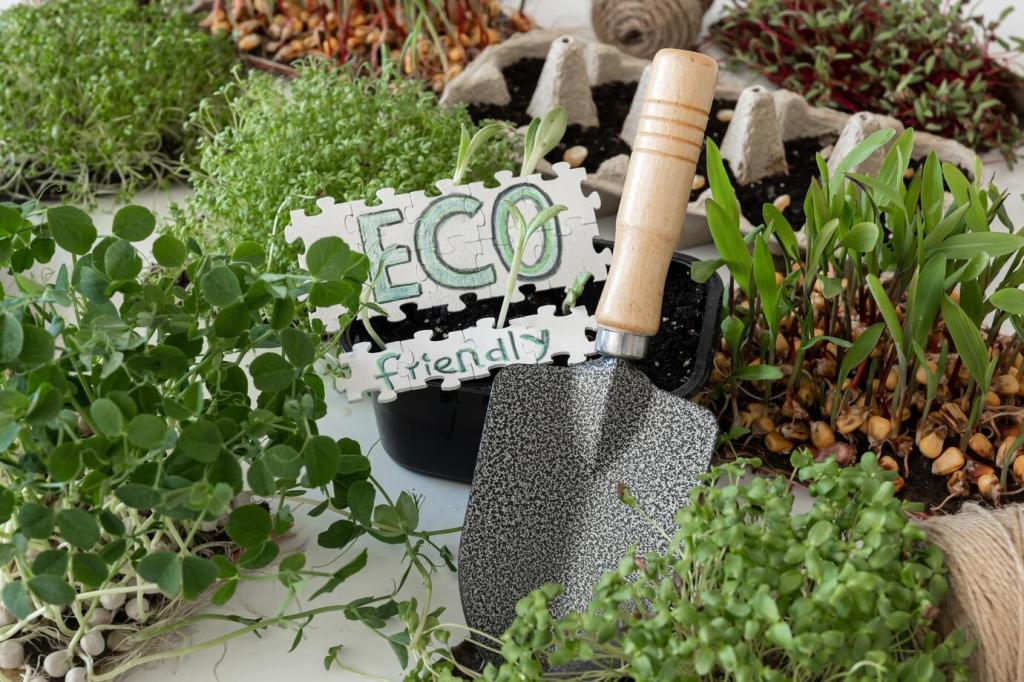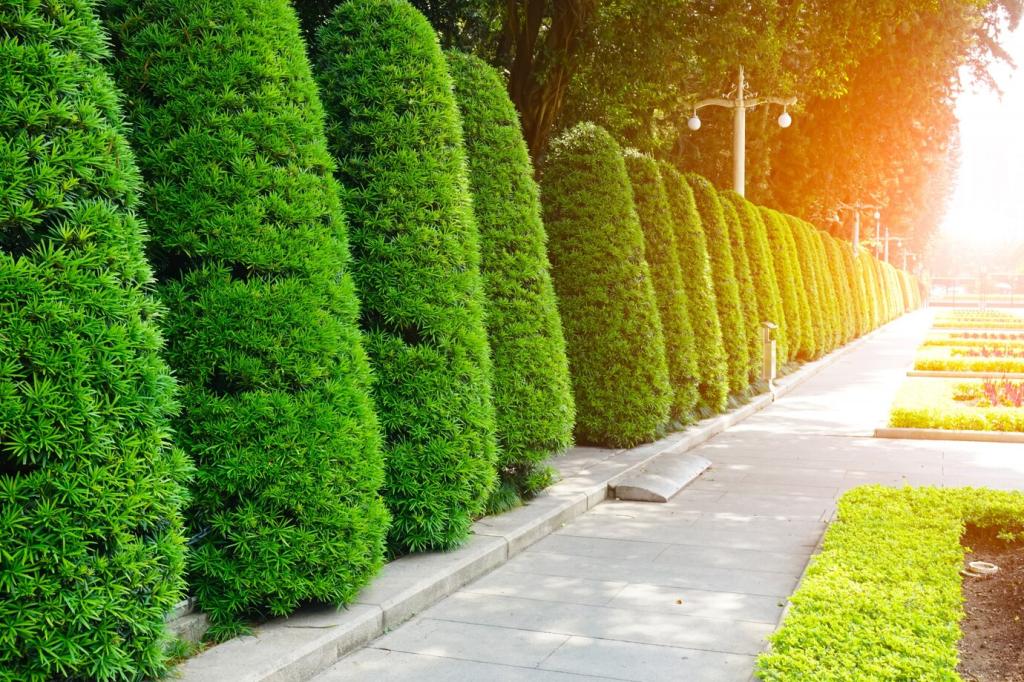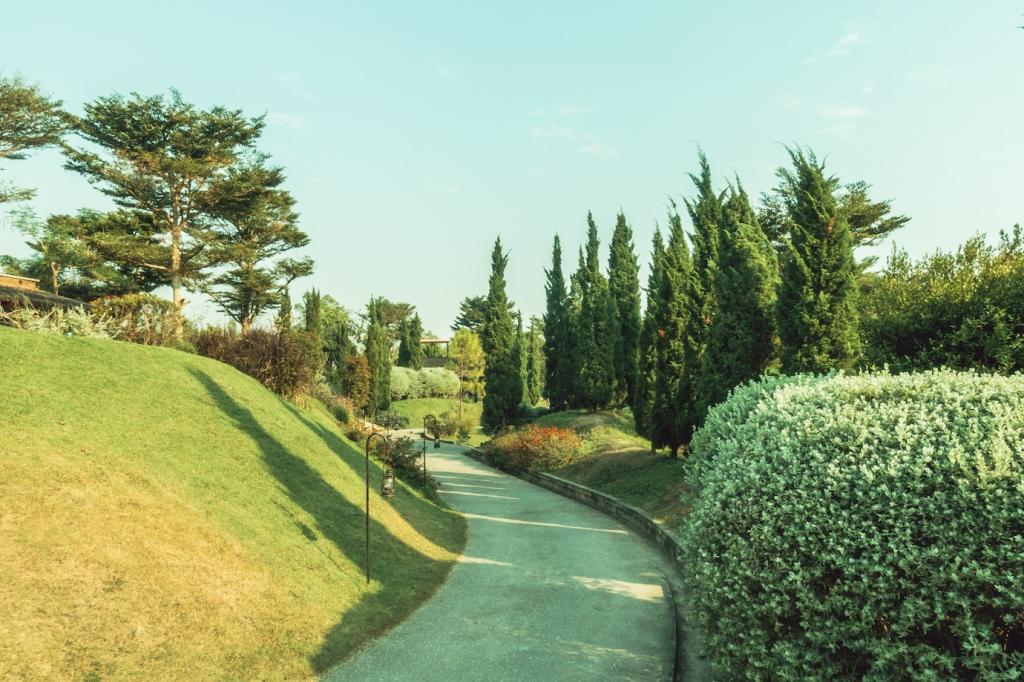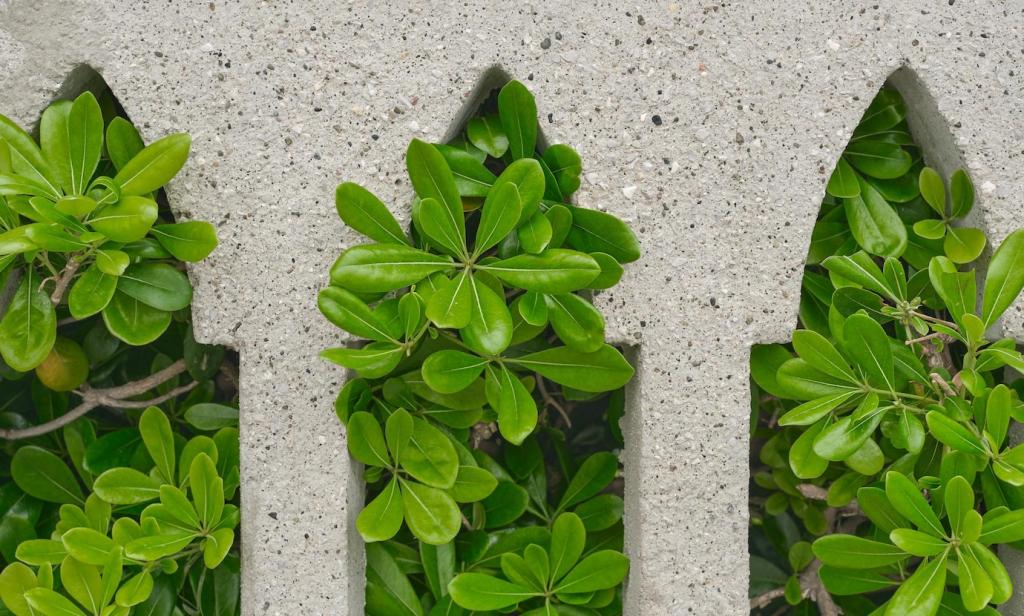Planting for Resilience and Lower Water Use
Select species evolved for local rainfall patterns and seasonal rhythms. Deep‑rooted natives often need minimal supplemental water once established, while offering habitat and pollinator resources that enrich your garden’s life and year‑round interest.
Planting for Resilience and Lower Water Use
Group high, moderate, and low‑water plants into distinct zones. This strategy lets you tailor irrigation schedules, avoid overwatering, and simplify maintenance. Place the thirstiest selections near downspouts, cistern spigots, or shaded microclimates.


